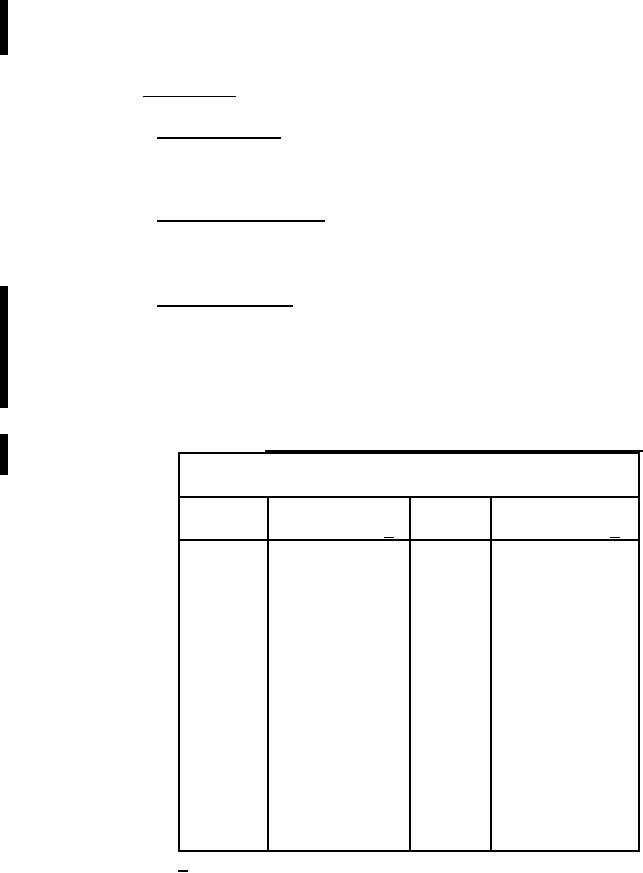
MIL-DTL-62474F
process. The epoxy resin used shall have a service temperature of not less than 250°F (121°C)
and meet the requirement of 3.4.2. Application of the resin shall not interfere with the peel-ply
removal (see 4.3.3 and 4.3.4.1).
3.4 Performance.
3.4.1 Peel-ply removal. The peel-plies are intended to keep panel surfaces clean and
shall be easily removable by hand, without requiring heat or solvents. Laborious or difficult
removal shall be unacceptable (see 4.3.4).
3.4.2 Temperature resistance. The plastic laminates shall not show evidence of
delamination following a two cycle exposure to a temperature range of -65°F to 250°F (-54°C to
121°C) (See 4.3.4 and 4.3.4.3).
3.4.3 Ballistic resistance. For class A and B laminates, the V50 protection ballistic limit
as defined in MIL-STD-662 shall not be less than that indicated in Table III for the number of
plies indicated when tested as specified in 4.3.5. For class C and D laminates, the V50 protection
ballistic limit as defined in MIL-STD-662, the velocity at which the probability of penetration of
an armor material is 50 percent shall not be less than 2600 ft/s (793 m/s) for a laminate of
nominal areal density of 5.0 +/- 0.1 psf (24.4 +/- 0.5 Kg/m2).
TABLE III. Ballistic Requirements for Class A and B Laminates.
Minimum Required Ballistic Limits CAL 0.30 (44 Grains)
Fragment Simulating Projectile (FSP) at 0° Obliquity
Aramid
V50 protection
Aramid
V50 protection
(plies)
ballistic limit 1/
(plies)
ballistic limit 1/
17
1581
31
2336
18
1626
32
2401
19
1672
33
2468
20
1720
34
2537
21
1769
35
2607
22
1819
36
2679
23
1871
37
2754
24
1924
38
2830
25
1978
39
2908
26
2034
40
2988
27
2091
41
3071
28
2150
42
3155
29
2210
43
3242
30
2272
44
3331
31
2336
45
3423
1/ Average of two ballistic limits, each made on a separate specimen.
8
For Parts Inquires call Parts Hangar, Inc (727) 493-0744
© Copyright 2015 Integrated Publishing, Inc.
A Service Disabled Veteran Owned Small Business